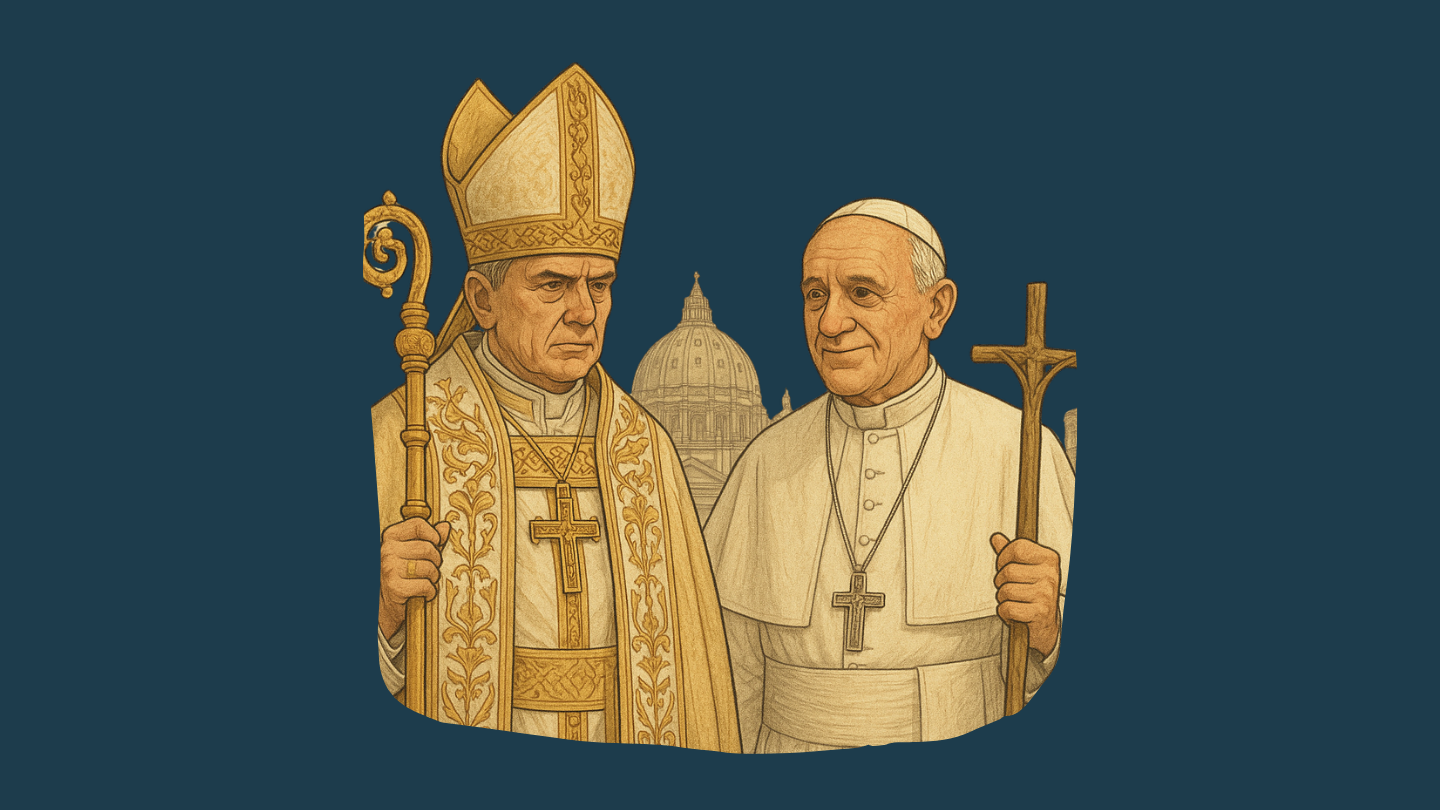innovation
Translations
- Arabic: ابتكار
- Chinese (Mandarin): 创新
- French: innovation
- German: Innovation
- Hindi: नवाचार
- Japanese: 革新
- Korean: 혁신
- Polish: innowacja
- Portuguese: inovação
- Russian: инновация
- Spanish: innovación
- Thai: นวัตกรรม
- Turkish: yenilik
- Vietnamese: đổi mới / sáng tạo
Don't see your language? Try Google Translate
Noun type
Abstract Noun: "Innovation" is usually an abstract noun. This means it talks about an idea or process—something you cannot touch. For example, "Innovation helps businesses grow" refers to the concept of creating new things.
Concrete Noun: But in some situations, "innovation" can also be concrete, referring to a real object—something you can touch—like a new machine or product. For example: "This new phone is an innovation." In this case, the word is used to describe the result of the creative process.
Countability: "Innovation " is countable when referring to individual instances or products of innovation (e.g., "The latest innovations in solar panels have improved efficiency."), and uncountable when referring to innovation as a concept or process (e.g., "Innovation fuels growth.")
Origins: From Latin innovatio, from innovare meaning “to renew or change,” itself from in- (“into”) + novus (“new”). Entered Middle English via Old French innovacion. Historically, the term carried political or social weight before evolving into its modern technological and business-oriented use.
Definition/s
- The introduction of something new, such as an idea, method, or device.
- A new idea, method, or device itself—an invention or novel approach.
- The process of translating an idea or invention into a good or service that creates value or solves a problem.
Examples
- Technological innovation has transformed the way we live and work.
- The company is known for its culture of innovation.
- This new engine design is a groundbreaking innovation in automotive engineering.
- Governments are investing heavily in innovation to stay competitive globally.
What are Openers?

- Openers are conversation starters you will use to participate in a discussion. They come in three forms:
- Ask an open question and understand your conversation partners’s views.
- Make sure to ask follow ups, and remember: this is a conversation, not an interview!
- Tell a personal story. Something that has happened to you, or somebody you know.
- Or tell us about something that you have done or seen.
- Your conversation partners must then follow up with you or reciprocate with their own stories.
- Share an opinion about something that the content has inspired.
- Respectfully identify any agreement or disagreement there is in the room.
What are Openers?

- Openers are conversation starters you will use to participate in a discussion. They come in three forms:
- Ask an open question and understand your conversation partners’s views.
- Make sure to ask follow ups, and remember: this is a conversation, not an interview!
- Tell a personal story. Something that has happened to you, or somebody you know.
- Or tell us about something that you have done or seen.
- Your conversation partners must then follow up with you or reciprocate with their own stories.
- Share an opinion about something that the content has inspired.
- Respectfully identify any agreement or disagreement there is in the room.
The Skinny
You’ve been asked to brief a senior executive (the “boss”) on a key issue from a recent business news event. This person is busy and relies on you to give them insight, not headlines.
You have 60–90 seconds to deliver a concise, high-value update tailored to their concerns and communication preferences.
- Who are they?
- What do they care about?
- What do they not want to hear?
- What part of the story matters most to them?
- Don’t explain everything—prioritise.
- Be clear, precise, and professional.
- Avoid informal or emotional language.
Two Papal Styles: Clerical vs. Pastoral

Understanding the difference can help us see why Pope Francis felt so different from past leaders—and why some people loved his style while others disagreed with it.
- Focuses on rules, tradition, and Church authority
- Speaks with clear, firm direction
- Keeps strong boundaries between Church leaders and members.
Example: A clerical pope might defend strict Church teachings on family or sacraments.
- Focuses on compassion, listening, and inclusion
- Tries to meet people where they are.
- Emphasises mercy over judgment.
Example: A pastoral pope might welcome divorced people or support migrants and the poor.

